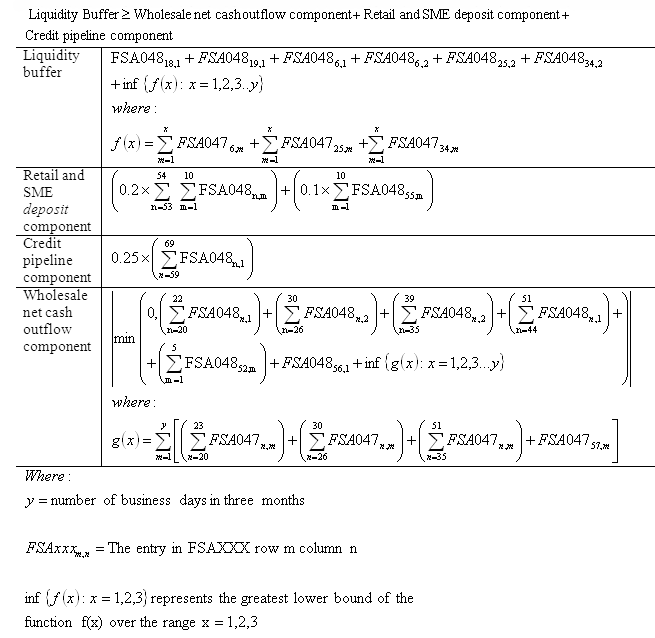BIPRU 12.1 Application
1Subject to BIPRU 12.1.2R, BIPRU 12 applies to:
- (1)
-
(2)
an incoming EEA firm which:
- (a)
is afull BCD credit institution; and
- (b)
has a branch in the United Kingdom; and
- (a)
-
(3)
a third country BIPRU firm which:
- (a)
is a bank; and
- (b)
has a branch in the United Kingdom.
- (a)
BIPRU 12.5 (Individual Liquidity Adequacy Standards), BIPRU 12.6 (Simplified ILAS), BIPRU 12.7 (Liquid assets buffer) and BIPRU 12.9 (Individual liquidity guidance and regulatory intervention points) apply only to an ILAS BIPRU firm.
A firm that is an exempt full scope BIPRU investment firm is not an ILAS BIPRU firm.
-
(1)
An exempt full scope BIPRU investment firm is a full scope BIPRU investment firm that at all times has total net assets which are less than or equal to £50 million.
-
(2)
In this rule, total net assets are the sum of a firm's total trading book assets and its total non-trading book assets, less the sum of its called up share capital, reserves and minority interests.
-
(3)
For the purpose of (2), the value attributed to each of the specified balance sheet items must be that which is reported to the FSA in the firm's most recent FSA001 data item.
The effect of BIPRU 12.1.4R is therefore to require the firm to sum the values of cell entries 20A and 20B in data item FSA001 and deduct from that total the sum of the values of cell entries 42, 43 and 44 in the same data item.
There are some provisions in other sections of BIPRU 12 which apply only to an ILAS BIPRU firm. Where this is the case, the provision in question says so.
In relation to an incoming EEA firm or a third country BIPRU firm, this chapter applies only with respect to the activities of the firm'sUK branch.

